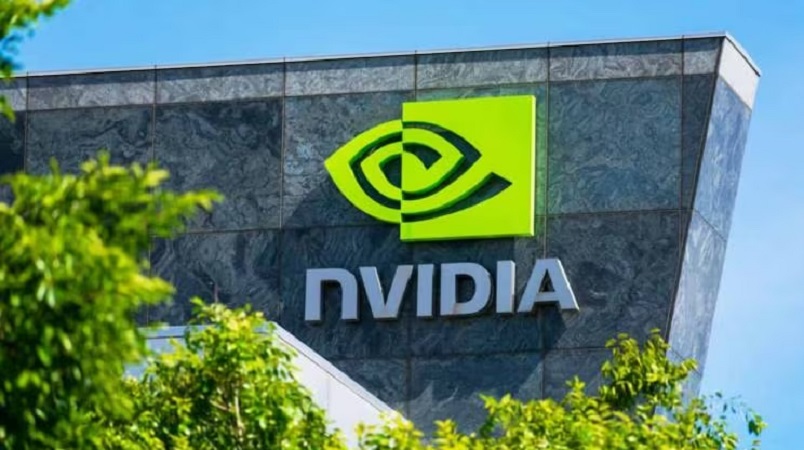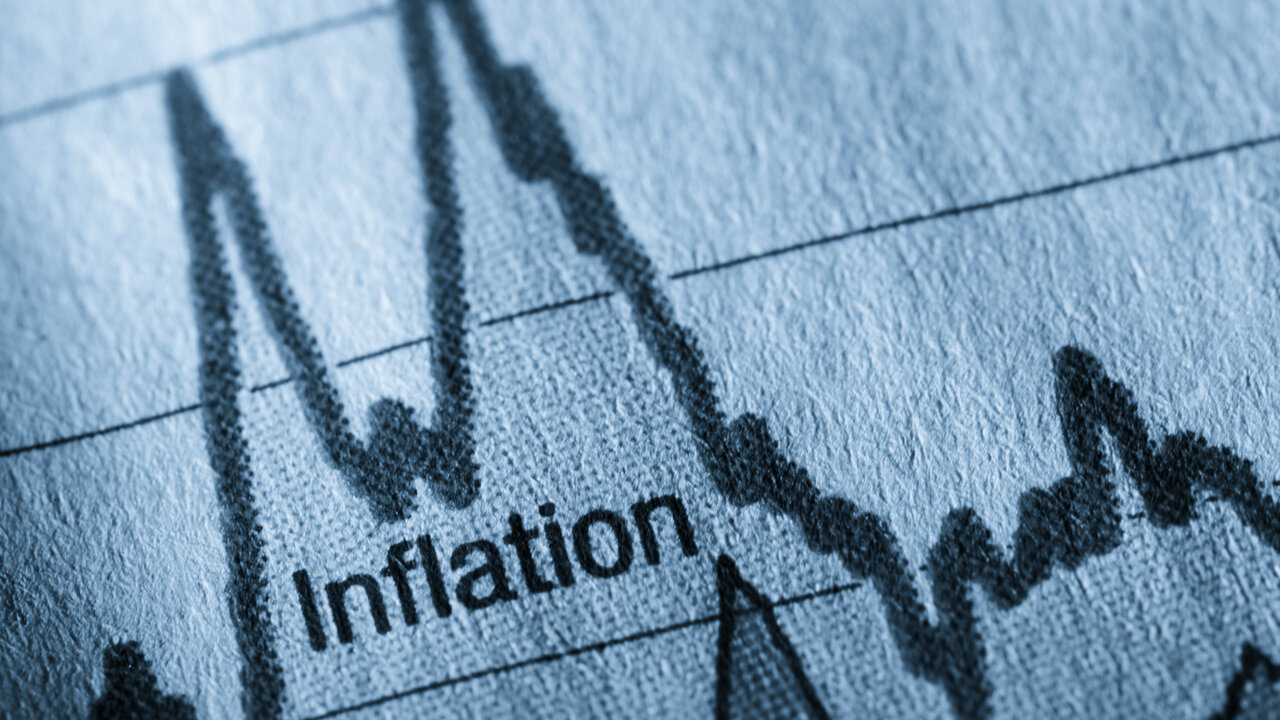U.S. drug distributor Cencora said on Monday it will take majority control of cancer care network OneOncology in a transaction valued at about $5 billion, marking a major step in its strategy to deepen its role in oncology services and specialty drug distribution.
Under the terms of the deal, Cencora will buy most of the remaining shares in OneOncology from private equity firm TPG and other investors for roughly $3.6 billion in cash, while also assuming and paying down about $1.3 billion of the oncology group’s debt. The transaction values OneOncology at approximately $7.4 billion and will give Cencora majority ownership of a business it already partly controls.
The acquisition accelerates Cencora’s push beyond traditional drug distribution into higher-margin, service-oriented segments of healthcare, particularly oncology, where demand continues to rise as cancer treatments become more complex, personalized, and costly. By consolidating control of OneOncology, Cencora is positioning itself closer to the point of care, strengthening its ability to integrate drug distribution, data, practice management, and clinical services for cancer clinics across the United States.
OneOncology operates a network of independent oncology practices, providing them with operational support, clinical pathways, data analytics, and access to specialty medicines. For Cencora, full control of the network is expected to create synergies in the distribution of specialty drugs used to treat complex conditions such as cancer, an area that offers structurally higher margins than traditional pharmaceuticals and has been growing faster than the broader drug market.
Investors initially welcomed the move. Shares of Cencora rose about 1% in morning trading, reflecting confidence that the deal strengthens the company’s long-term growth profile even as it increases near-term leverage.
Analysts broadly described the acquisition as a logical next step. Michael Cherny of Leerink Partners said the accelerated purchase completes an expected move to increase exposure to faster-growing oncology assets, reinforcing Cencora’s strategic focus on cancer care as a core growth driver. J.P. Morgan analyst Lisa Gill also viewed the transaction positively, pointing to operational and commercial synergies that come with full ownership of OneOncology rather than a minority stake.
The deal comes against the backdrop of Cencora’s broader investment push in the U.S. healthcare supply chain. In November, the company pledged to invest $1 billion through 2030 to expand its U.S. distribution network, aligning with calls from the White House for pharmaceutical manufacturers and distributors to strengthen domestic production and supply resilience. Greater control of oncology services fits into that strategy, giving Cencora a more integrated presence in a critical segment of the healthcare system.
Cencora said the transaction is expected to close by the end of its second quarter of fiscal 2026 and will be financed with new debt. While the company maintained its fiscal 2026 earnings forecast, it acknowledged that the decision to halt share buybacks ahead of the acquisition makes results more likely to land at the lower end of its previously guided range of $17.45 to $17.75 per share.
At the same time, management raised its long-term adjusted profit outlook, citing expectations that OneOncology will increasingly contribute to earnings as it is more fully integrated into Cencora’s U.S. healthcare operations. The company believes the deal will enhance its ability to serve oncology providers over time, even if it temporarily pressures capital returns to shareholders.
For OneOncology, the transaction represents a shift away from the private equity ownership model at a time when exit routes such as initial public offerings remain uncertain. IPO markets have stayed uneven, prompting many healthcare startups to opt for strategic sales to larger industry players rather than risk subdued public debuts.
Taken together, the deal underlines how large drug distributors are moving closer to patient care, betting that scale, data, and tighter integration with clinics will be key to capturing growth in oncology — one of the most lucrative and rapidly evolving areas of modern medicine.





